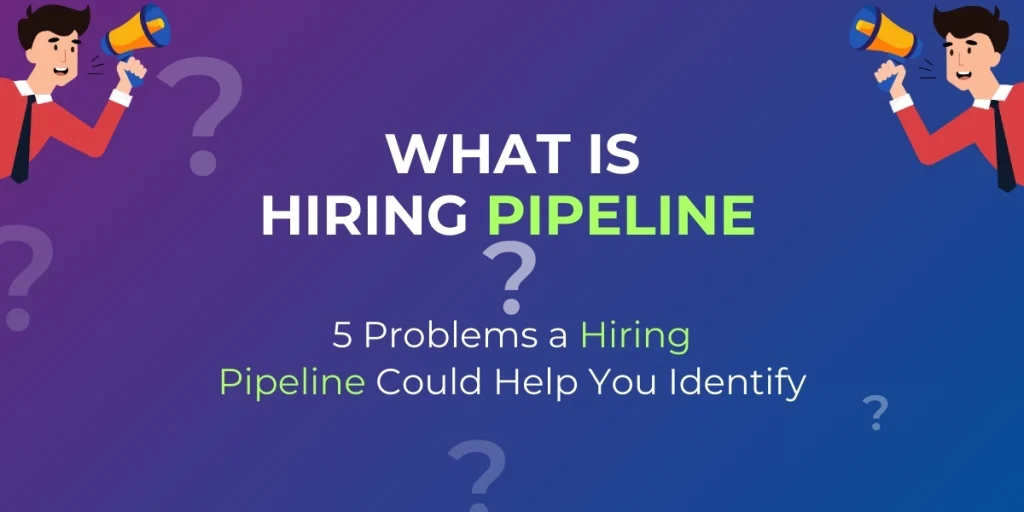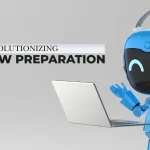A hiring pipeline is a powerful solution that provides a structured, streamlined approach to managing the recruitment process from start to finish. By organizing the hiring journey into a clear, step-by-step pipeline, employers and HR teams can pinpoint problem areas, identify improvement opportunities, and enhance the candidate experience.
In this guide by Xenhire, we’ll explore what a hiring pipeline is, its stages, and five critical hiring challenges it helps address for recruiters, HR professionals, and employers.
Understanding the Hiring Pipeline
A hiring pipeline is a structured process that tracks and organizes each candidate’s journey through various stages of hiring, from initial application to job offer. Think of it as a funnel that helps recruiters and HR professionals see where each candidate is in the process and what steps remain. This clear overview is essential for maintaining momentum, keeping candidates engaged, and reducing the chance of top talent slipping through the cracks.
Key Stages of a Hiring Pipeline
An effective hiring pipeline typically includes the following stages:
- Sourcing: Finding potential candidates through various channels such as job boards, social media, referrals, and career fairs.
- Screening: Reviewing resumes and conducting initial assessments to shortlist qualified candidates.
- Interviewing: Holding one or more interviews to assess candidates’ skills, experience, and cultural fit.
- Assessing: Conducting further evaluations like tests, personality assessments, and background checks to confirm suitability.
- Hiring: Extending an offer, negotiating terms, and beginning the onboarding process.
Each stage in the hiring pipeline is essential for evaluating candidates and maintaining a smooth, organized process.
Importance of a Hiring Pipeline for Employers, Recruiters, and HR
A well-structured hiring pipeline offers multiple benefits:
- Enhanced Efficiency: A hiring pipeline helps streamline the recruitment process, saving time and resources by allowing hiring teams to track progress and identify delays.
- Improved Candidate Experience: Candidates receive a more transparent and organized experience, reflecting positively on the company’s brand.
- Data-Driven Insights: By tracking metrics within each stage, recruiters can make informed decisions on areas for improvement, such as enhancing sourcing methods or reducing time-to-fill.
Problem 1 – Identifying Bottlenecks in the Hiring Process
Hiring pipelines can highlight bottlenecks—points where candidates or processes get stuck, causing delays or frustration. Here’s how a hiring pipeline helps identify and address these bottlenecks:
- Signs of Bottlenecks: Look for stages where candidates spend an unusually long time or where there is a high drop-off rate.
- Common Causes: Delayed interview scheduling, excessive approval processes, lack of prompt feedback, or an over-complicated hiring process.
- How to Address: Identify and resolve bottlenecks by:
- Streamlining internal processes or approvals.
- Automating repetitive tasks like interview scheduling.
- Ensuring prompt follow-ups to avoid leaving candidates in limbo.
Using pipeline data to diagnose and fix bottlenecks can speed up the hiring process, resulting in a better experience for both recruiters and candidates.
Problem 2 – High Drop-Off Rates of Candidates
A hiring pipeline can help identify when and why candidates lose interest or drop out of the hiring process. High drop-off rates can be a red flag for inefficiencies or negative experiences within the recruitment journey.
- Symptoms of High Drop-Off Rates: Candidates may withdraw applications after an interview, stop responding to emails, or not show up for scheduled assessments.
- Causes of Drop-Off: Common reasons candidates drop out include:
- Lack of timely communication and updates.
- Lengthy and complex application processes.
- Insufficient transparency about the hiring timeline.
- Strategies to Minimize Drop-Off Rates:
- Keep candidates engaged with regular updates.
- Simplify and streamline the hiring process to reduce unnecessary steps.
- Provide clear information on the next steps and timelines.
By analyzing drop-off trends in the pipeline, recruiters can make targeted improvements to retain candidate interest and reduce the risk of losing qualified talent.
Also Read:- Video Interview Vs In-Person Interview
Problem 3 – Assessing the Quality of Hires
The quality of hires is one of the most critical metrics for any hiring process. A hiring pipeline allows recruiters to assess the effectiveness of their sourcing channels and determine if the right candidates are reaching later stages of the process.
- Evaluating Quality: An effective hiring pipeline includes checkpoints to gauge candidates’ fit for the role and the organization. For example, tracking how well candidates perform in skills tests or reference checks can signal quality early on.
- Issues Affecting Quality of Hires:
- Sourcing from channels that yield fewer high-quality candidates.
- Overlooking key competencies or skills due to inadequate screening.
- Solutions for Better Quality of Hires:
- Analyze which sourcing methods bring in the best candidates and focus efforts on those channels.
- Use skills assessments and structured interview questions that target critical job competencies.
- Regularly review pipeline data to spot patterns that may indicate a need to adjust screening criteria.
By monitoring and adjusting based on quality data, hiring teams can improve the standard of candidates moving through the pipeline and ultimately enhance hiring outcomes.
Problem 4 – Measuring Time-to-Hire and Time-to-Fill
Time-to-hire and time-to-fill are essential metrics that a hiring pipeline can help measure accurately. These metrics provide insight into the efficiency of the hiring process and help recruiters pinpoint any delays.
- Why Time-to-Hire and Time-to-Fill Matter: Long hiring times can lead to higher recruitment costs, frustrated hiring teams, and candidate drop-off. They can also mean missing out on top talent who accept other offers.
- Identifying Delays: A hiring pipeline makes it easy to track the time candidates spend at each stage, revealing where delays occur.
- Ways to Improve Time-to-Hire:
- Streamline Interview Rounds: Limit the number of interview stages to avoid unnecessary delays.
- Automate Initial Screening: Use AI tools for initial resume screening to save time.
- Prioritize Candidate Communication: Keep candidates informed to prevent waiting times from becoming a deal-breaker.
By actively tracking time-to-hire metrics, hiring managers can ensure a faster and smoother hiring process, which can improve both cost efficiency and candidate satisfaction.
Problem 5 – Uncovering Gaps in Candidate Experience
A positive candidate experience is critical to successful hiring and employer branding. A hiring pipeline helps identify where the candidate experience may be lacking, enabling recruiters to make adjustments that improve overall satisfaction and perception.
- Indicators of Experience Gaps: Candidates expressing frustration, frequently asking for updates, or sharing negative feedback may indicate a poor experience.
- How to Enhance Candidate Experience:
- Regular Communication: Keep candidates informed about where they are in the process and what’s next.
- Transparency and Feedback: Provide candidates with constructive feedback after interviews, regardless of the outcome.
- Personalization: Make each candidate feel valued by personalizing the process, such as by addressing them by name in emails and showing appreciation for their time.
Improving candidate experience doesn’t just benefit current hiring efforts, it also enhances your employer’s brand, making it easier to attract quality candidates in the future.
Conclusion
A well-structured hiring pipeline is more than just a tool for tracking candidates; it’s a strategic asset for employers, recruiters, and HR teams. By identifying bottlenecks, minimizing drop-off rates, assessing hire quality, measuring time-to-hire, and enhancing candidate experience, a hiring pipeline can transform the recruitment process into a smoother, more efficient, and candidate-friendly journey.
Also Read:- How to build candidate pipeline in just 9 steps
For employers and hiring teams, regularly evaluating and refining the hiring pipeline is essential to stay competitive and attract top talent. Start by assessing your current pipeline, identifying any of the challenges discussed here, and implementing improvements for a hiring process that benefits both your team and the candidates.



